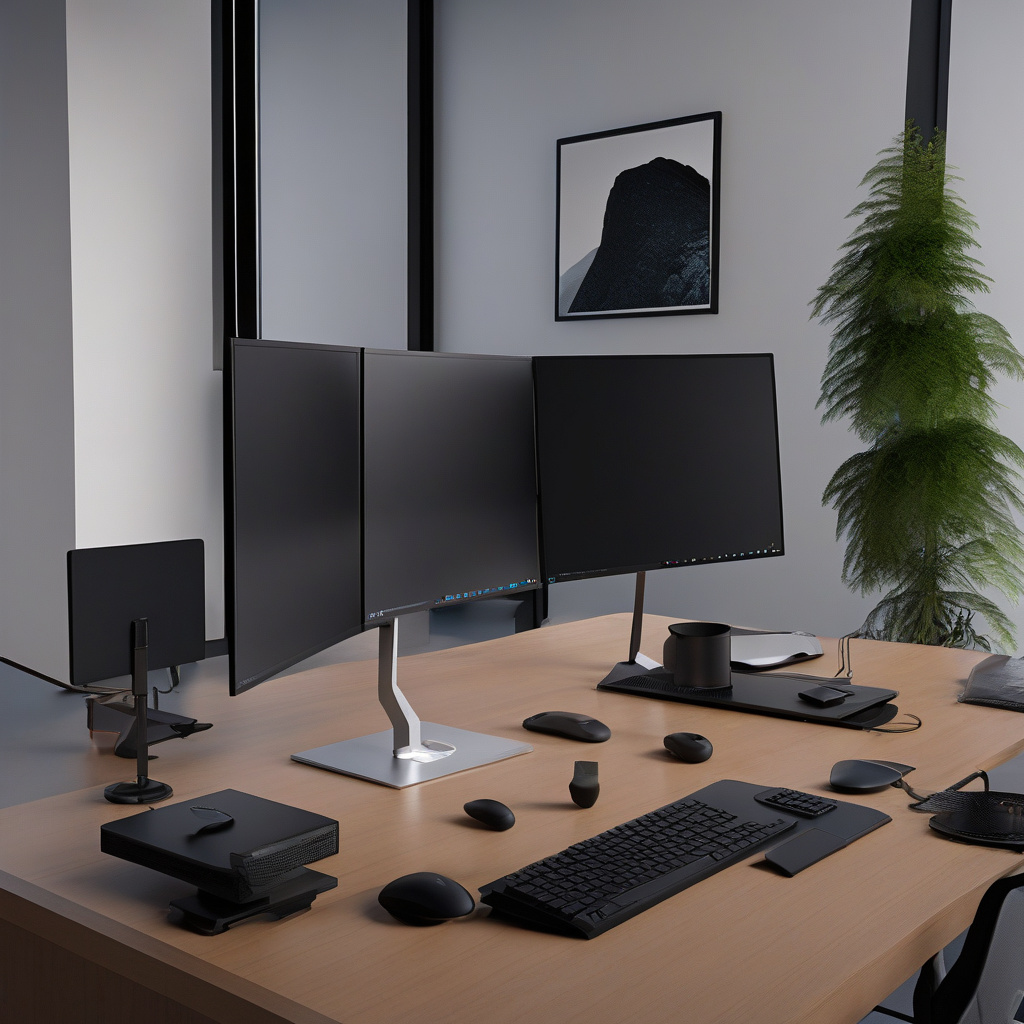Say Goodbye to the Blue Screen of Death: Microsoft Introduces a Sleek Black Version in Windows 11
Microsoft has long been synonymous with the infamous Blue Screen of Death (BSoD), a dreaded sight for Windows users signaling system errors and crashes. However, with the latest update for Windows 11, users can now say goodbye to the traditional blue screen and welcome a sleek black version instead.
The new Black Screen of Death comes as part of the manual update KB5062660, offering users a more modern and visually appealing alternative to its blue predecessor. While the functionality remains the same – indicating critical system errors that require attention – the aesthetic overhaul is a welcome change for many users.
In addition to the Black Screen of Death, the manual update also brings a host of other features and improvements to Windows 11. From enhanced security measures to performance optimizations, users can expect a smoother and more reliable computing experience after installing the update.
One of the key benefits of the Black Screen of Death is its potential impact on user experience. The color black is often associated with elegance, sophistication, and modernity, which can help alleviate some of the anxiety and frustration that comes with system crashes. By replacing the stark blue screen with a sleek black design, Microsoft is not only addressing a technical issue but also taking a step towards enhancing the overall user experience.
Moreover, the introduction of the Black Screen of Death aligns with modern design trends that prioritize dark mode interfaces for their aesthetic appeal and potential benefits for eye strain reduction, especially during late-night computer use. By adopting a darker color scheme for critical system notifications, Microsoft is catering to the preferences of users who appreciate the sleekness and readability of dark themes.
From a branding perspective, the shift from blue to black also reflects Microsoft’s commitment to innovation and adaptability. By constantly refining and updating its visual elements, the tech giant demonstrates its responsiveness to user feedback and its willingness to evolve with changing design preferences.
While some users may feel nostalgic for the classic blue screen that has been a staple of Windows operating systems for decades, the introduction of the Black Screen of Death signals a new era for Windows 11 and sets the stage for future design updates and enhancements.
In conclusion, the replacement of the Blue Screen of Death with a sleek black version in Windows 11 represents a significant visual and experiential change for users. Beyond its aesthetic appeal, the Black Screen of Death embodies Microsoft’s commitment to user-centric design and continuous improvement, offering a glimpse into the company’s vision for the future of its operating system.
#Microsoft #Windows11 #BlackScreenofDeath #UserExperience #Innovation
